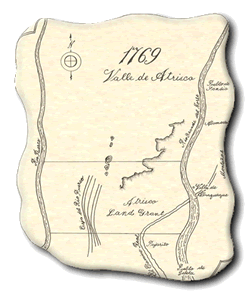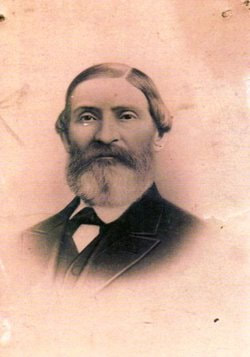 Chavez in 1848
Chavez in 1848  An early map of Atrisco
An early map of Atrisco  Manuel Armijo
Manuel Armijo
In 1841, he rejoined his cousin when New Mexico was threatened by a group of invading Texans. Governor Armijo and his militiamen managed to capture the hapless armed force known as the Texan-Santa Fe Expedition and Chaves, serving as secretary and interpreter, most likely negotiated the surrender of about half of the Texans, who were sent south to Mexican prisons. The Mexican government awarded Chaves the cross of honor for his service.
 Stephen Watts Kearny
Stephen Watts Kearny 
In 1862, Confederate General Henry Sibley led a force of Texans into New Mexico and Chaves found himself battling Texans once again. He and his militia fought at the battle of Valverde. Then, at the Battle of Glorieta Pass, he guided Major John Chivington's force to the Confederate supply train, where regular Union soldiers and New Mexico militia destroyed the supplies, forcing the Confederates to retreat back to Texas.
 Manuel Chaves later in life.
Manuel Chaves later in life. In 1876, he relocated to San Mateo, New Mexico, where he ranched. He built a home within a hundred feet of oak trees where he had rested in his flight from Canyon de Chelly as a wounded teenager. Immediately behind those trees he built a family chapel where he was buried after he died in January 1889. The blind and frail 70-year-old was laid to rest with two musket balls in his pocket.


